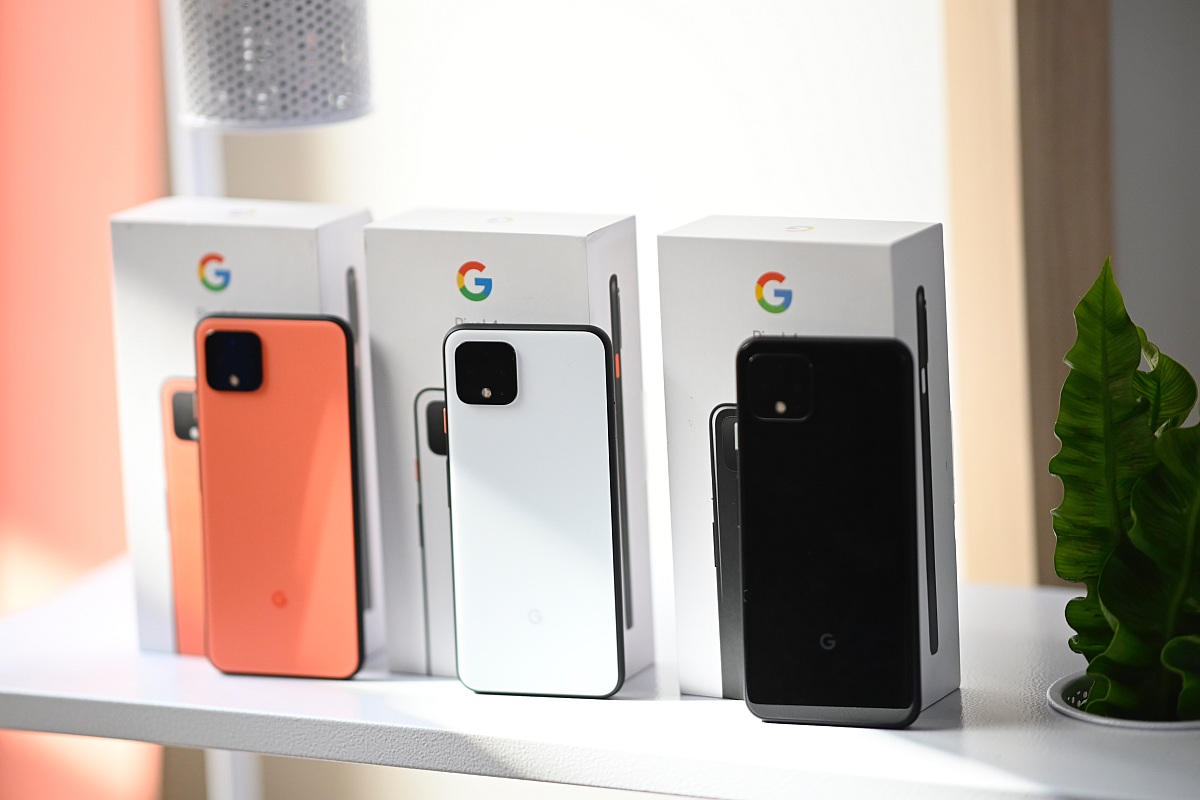How Google News fought misinformation in India in 2024
From major elections across the globe to conflicts and crises, the year 2024 was critical for the news industry, said Google News on Wednesday.
Just like the OnePlus 7 Pro and the new OnePlus 7T series, the 90Hz refresh rate is not valid for all scenarios and only works in certain use cases or supported apps.

The new Google Pixel 4 phone is on display during a Google product launch event called Made by Google 19 on October 15, 2019 in New York City. - Google unveiled its newest Pixel handsets, aiming to boost its smartphone market share with features including gesture recognition that lets users simply wave their hands to get things done. (Photo by Johannes EISELE / AFP)
Google added 90Hz OLED displays to both of its Pixel 4 and Pixel 4 XL handsets to enable a smoother Android experience. Unfortunately, the company has also tied this refresh rate to the brightness level of the display on the Pixel 4.
Reddit users have discovered that the Pixel 4 will drop to a 60Hz refresh rate once the display brightness dips below 75 percent. The Verge has confirmed this on a Pixel 4 review unit, and it means that you’re only getting the full 90Hz display rate when the brightness level is high.
Advertisement
Just like the OnePlus 7 Pro and the new OnePlus 7T series, the 90Hz refresh rate is not valid for all scenarios and only works in certain use cases or supported apps. Apparently, Google is using an algorithm to reduce the refresh rate of the Pixel 4/4 XL’s display to 60Hz smartly in cases such as when you’re watching a video or reading a PDF or ebook and it automatically kicks back in when you scroll.
Advertisement
Remarkably, neither OnePlus 7 Pro nor the ASUS ROG Phone II displays this behavior. This behavior is most likely to be intentional and not a bug but we’re not sure if this is an attempt by Google to avoid complaints regarding the smooth display draining the small batteries on the Pixel 4/4 XL too quickly.
Meanwhile, if you have a Pixel 4/4 XL and want to always enjoy the 90Hz display, you can set the display to stay at 90Hz permanently by forcing the option from Developer Settings. This will continue to work irrespective of the brightness you’re using your phone at.
(With input from agencies)
Advertisement